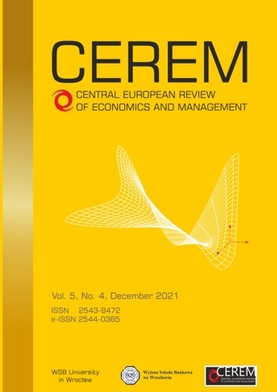Money growth and social stability
Money growth and social stability
Author(s): Erdem Basci, Sidika Basci, Tahar GherbySubject(s): Economic history, Economic development, Post-War period (1950 - 1989), Transformation Period (1990 - 2010), Present Times (2010 - today), ICT Information and Communications Technologies, Socio-Economic Research
Published by: Wyższa Szkoła Bankowa we Wrocławiu
Keywords: Money Velocity; Money Growth; Heterogeneity; CBDC; Wealth Distribution; Sustainable Development Goals; SDG10; Inequalities; Inflation;
Summary/Abstract: Aim: Both the Keynesian and the Fisherian channels of sovereign money growth have slowed down significantly in the decade following the Global Financial Crisis (GFC). Together with the rise of fintech, privately issued unbacked crypto-assets tried to fill this void. The developments have revived the interest on the Central Bank Digital Currency (CBDC) idea and on developing potential channels for future sovereign money growth. The aim of this paper is to compare the Keynesian and Fisherian channels of sovereign money growth regarding their impact on wealth distribution and inflation. Design / Research Methods: We use a simple monetary model with heterogeneous agents. In our model, the agents are consumers with different spending propensities but with equal initial wealth levels and with exactly the same non-interest incomes over time. Conclusions / findings: We show that the Keynesian (uniform) money growth channel has a softening effect on the wealth dispersion and thereby, an upward pressure on money velocity. The model implies that the inclusive nature of current post-Covid19 recovery plans may have a desirable impact on social stability. Yet, these plans may turn out to be more inflationary in comparison the post-GFC policies. Originality / value of the article: This paper shows that heterogeneity of economic agents should not be ignored by post-GFC policy makers and that how new money is created matters in an essential way under heterogeneity of savings behaviour. Implications of the research: The implication for policy makers is that the demand deficiency associated with the fall in money velocity and the worsening of wealth dispersion may be softened by a more inclusive money growth regime, potentially with the practical use of CBDCs. Yet, the extra inflationary impact of such a regime needs to be kept in mind.
Journal: Central European Review of Economics and Management (CEREM)
- Issue Year: 5/2021
- Issue No: 4
- Page Range: 96-115
- Page Count: 20
- Language: English

